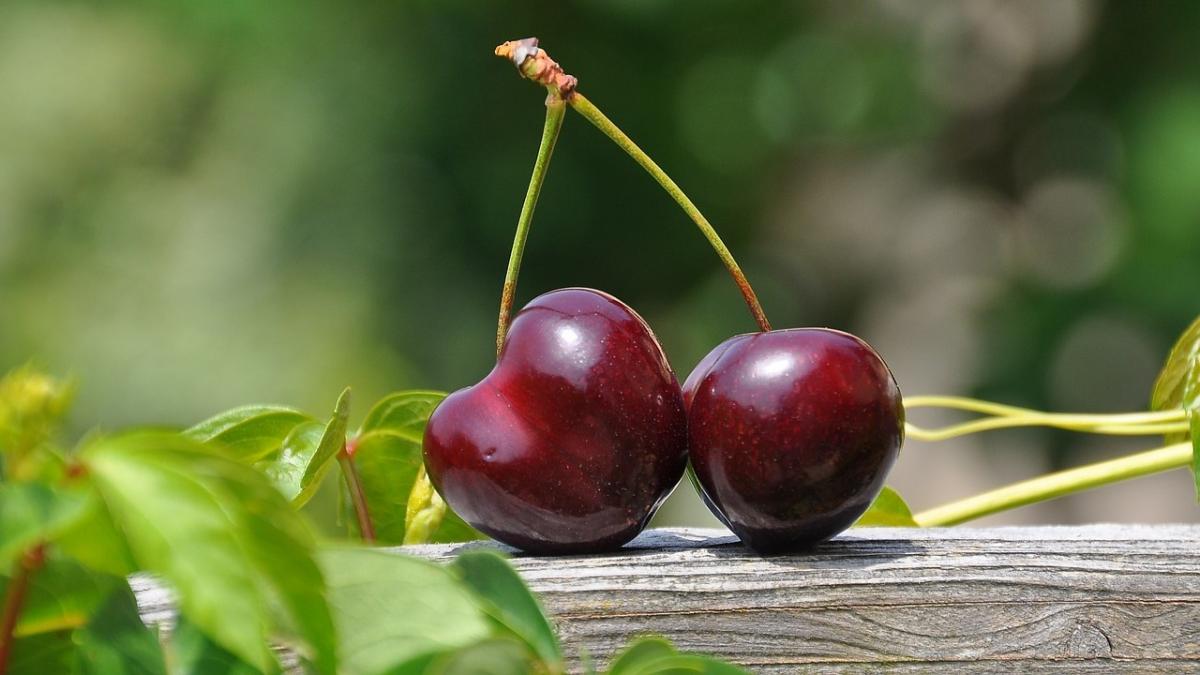You are here
Back to topChina’s Domestic Cherry Prices Fall Due to Oversupply and Quality Issues

Domestically grown cherries from Shandong province have recently started to flood the Chinese market, garnering a positive reception from numerous consumers. In comparison to Bing cherries from Dalian in Liaoning province, which hit the market in April, this has caused cherry prices to fall significantly. In the key cherry-producing region of Shandong’s Linqu County, farmers have enjoyed a good harvest of open-field cherries, resulting in a drop in prices.
This is especially noticeable for the Brooks variety, which is known for its tartness and tender flesh. Just days ago, prices for Brooks cherries hovered around 10–12 Chinese yuan ($1.38–1.66) per kilogram, but they have now plummeted to only 4–6 yuan ($0.55–0.83) per kilogram, with smaller fruits selling for as little as 1–2 yuan ($0.14–0.28) per kilogram. Meanwhile, in the city of Yantai, Shandong, open-field Brooks cherries are currently priced at 12 yuan ($1.66) per kilogram, while premium-quality ones are commanding up to 20 yuan ($2.76) per kilogram.
Over the past two years, the volume of greenhouse cherries produced in Jinan, the capital of Shandong province, has been increasing, with cultivation taking place in districts including Changqing, Laiwu and Zhangqiu. While greenhouse cherries gradually start to appear on the market from late April, the large-scale arrival of open-field cherries is not expected until late May. Some retailers have noted that cherries are not suitable for long-distance transportation and are difficult to preserve, with some greenhouse cherries even requiring refrigerated transport. As such, locally harvested cherries are typically sent to market immediately, naturally resulting in lower prices. Once the large influx of locally grown open-field cherries enters the market in June, it is anticipated that overall cherry prices will decline further.
Inconsistent quality and overproduction are the main factors affecting the prices of domestically grown cherries. China has a wide variety of cherry cultivars, each with a unique flavor profile. However, even for a given cultivar, significant differences in taste can occur depending on the cultivation conditions. Over time, this inconsistent quality has led many consumers to question the reliability of Chinese cherries.
Furthermore, the difficulty in ensuring the quality of domestically grown cherries has prompted many fruit farmers to opt for greenhouse cultivation to quickly recover their costs. Although this method can shorten the ripening period and accelerate the return on investment for growers, it often means compromising on the taste and quality of the cherries. Greenhouse cherries require artificial pollination because natural pollination is not possible in such environments. These factors all affect the flavor of the cherries, thereby impacting their market prices.
The increase in production has also made it challenging for domestically grown cherries to maintain high prices. According to reports, China’s sweet cherry production is estimated to reach 760,000 metric tons in 2024, representing a 12% increase from the previous year. The rebound in production in Shandong province, the core cherry-producing region, and growing production in Sichuan and Liaoning provinces are the main drivers behind this increase. In recent years, with the lucrative profits brought about by cherry cultivation, many farmers have switched to growing this crop. Driven by this trend, China’s cherry cultivation area has now exceeded 233,000 hectares, accounting for approximately 20% of the global total. The corresponding increase in cherry supply has intensified market competition, making price wars inevitable.
Image: Pixabay
This article was translated from Chinese. Read the original article.















Add new comment